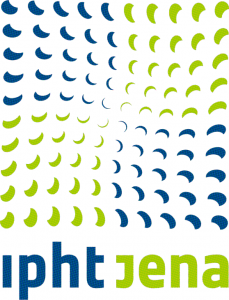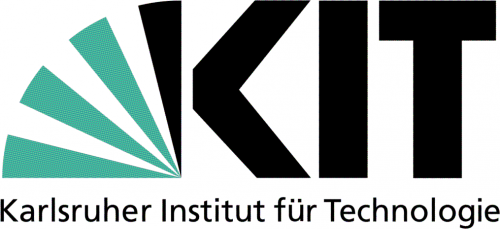



Cryogenic detectors are an emerging key technology for applications in science, society and industry. Ultra-high resolution, universal use for matter and radiation, linearity and high quantum efficiency are very attractive features of such devices for particle detection, metrology, radiation spectroscopy and mass spectrometry. Several universities and research institutes have now joint forces to develop and establish cryogenic detectors and the associated superconducting electronics, as well as developing detectors systems and necessary cryo-technology for future research and applications.







